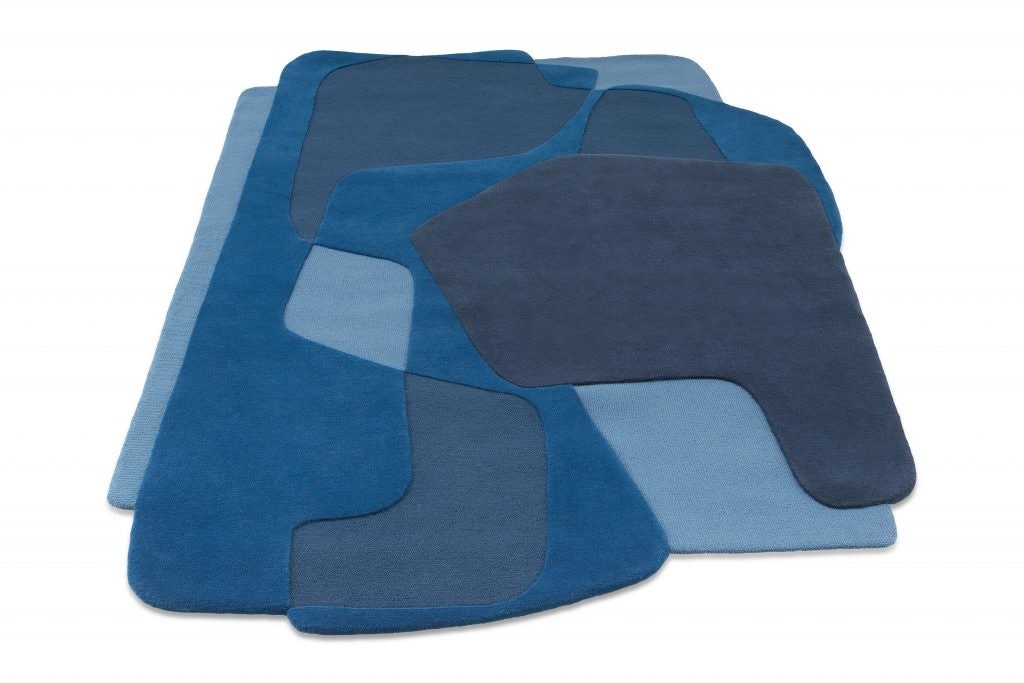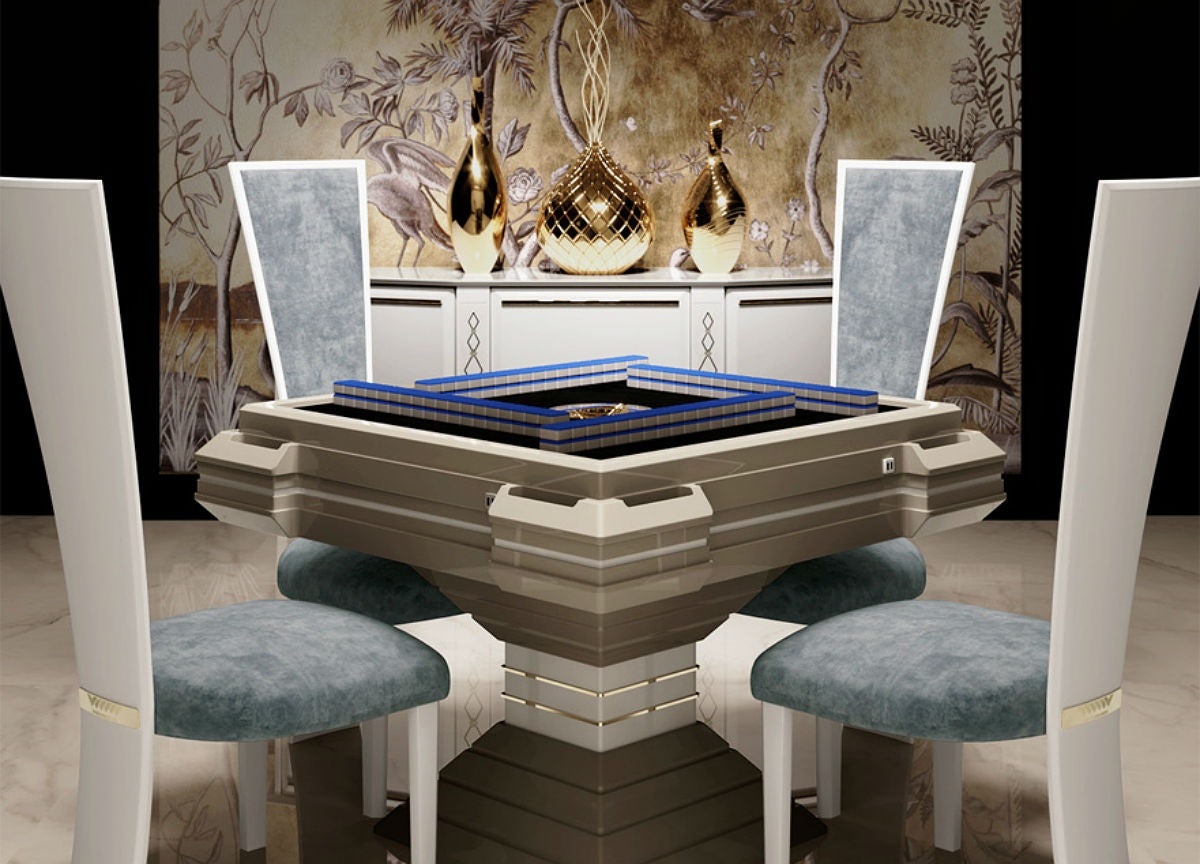Asia’s largest international design event Design Shanghai may have ended last week, but it's having a lasting effect on emerging interior design trends within China. With over 400 brands participating in the four-day event, more international designers than ever before are choosing the Chinese market as the place to launch their latest collections.
Global brands, including Italian luxury furniture designers Vismara Design and British designer George Smith presented new collections at the event, with others, such as emerging Lithuanian designers Eglidesign Luxury Furniture, German brand Hülsta, and established Italian firm Budri, choosing to showcase their brands at Design Shanghai for the first time.
Carpet artistes House of Tai Ping also chose to target the Chinese consumer with their latest luxury collection in an attempt to promote the brand to an untapped and emerging Chinese market. Best known for creating lavish carpets for the likes of Princess Diana, the late King Bhumibol Adulyadej of Thailand, and The White House, the Hong Kong brand has left its mark across the globe. However, despite achieving this worldwide acclaim since its foundation in 1956, the designers only opened their first Chinese showroom in Shanghai in 2010.

Even with almost seven years behind them, House of Tai Ping is still in the process of raising brand awareness in China, and vitally—in a society where carpet is still not commonplace—educating the Chinese market on the value of quality carpet in the home. As Beijing-based Persian carpet gallery Zamani Collection have previously expressed, one of the biggest challenges of selling to the Chinese market is educating people on why they are paying so much for the carpet. With a price point of $170-$220 per square meter for the most expensive custom-made carpet, House of Tai Ping’s carpets are woven works of art.
Part of the appeal for some consumers when it comes to the House of Taiping carpet is that the brand has its roots in Chinese industry. Its original aim was to provide employment to mainland Chinese immigrants and preserve the traditional hand knotting techniques of carpet making. The company’s manufacturing is now almost entirely based in China, with only one of the brand’s five lines being produced outside of the mainland.
Presenting lines that will resonate with the Chinese market is a trend that was present throughout Design Shanghai 2017. Vismara Design showcased its latest exclusive creation, the Mahjong Table, inspired by the traditional Chinese pastime, in an obvious attempt to draw in Chinese clientele. The Mahjong Table merges Italian manufacturing and style with antique Eastern culture, and along with the new Chess Table are flagship products of the brand’s VIP Entertainment Collection.
Elsewhere at the event, one of England’s leading antique dealing firms of the past 100 years, Frank Partridge, exhibited items at Design Shanghai for the first time, showcasing English and French furniture and porcelain and choosing to only exhibit items that had been inspired by Chinese influence.
With interior design trends in China rooted in a Chinese identity and heritage, House of Tai Ping’s Jean-Pierre Tortil explains that it’s also important to combine this with a strong, creative international perspective. "Like Western customers, Chinese audiences are also looking for genuine, handmade products with exquisite craftsmanship, and a sense of heritage, legitimacy, and creativity," he said. "This is why our creations are so well received and appreciated by discerning 'connoisseurs' worldwide, who want truly unique artisan products with distinctive design. This is why we have decided to first launch our new André Fu collection in China at Design Shanghai before anywhere else."
Despite a markedly young clientele for contemporary interior design within China, a patriotic nod to history is one that brands see as important in achieving success. This trend has been seen across the spectrum of luxury brands, with the fashion industry uncovering success in promoting locally sourced designers and concepts in their stores. It remains to be seen as to whether these Chinese inspired concepts will pay off in the world of interior design, but the large crowds at Design Shanghai 2017 suggest curiosity among consumers is high.
